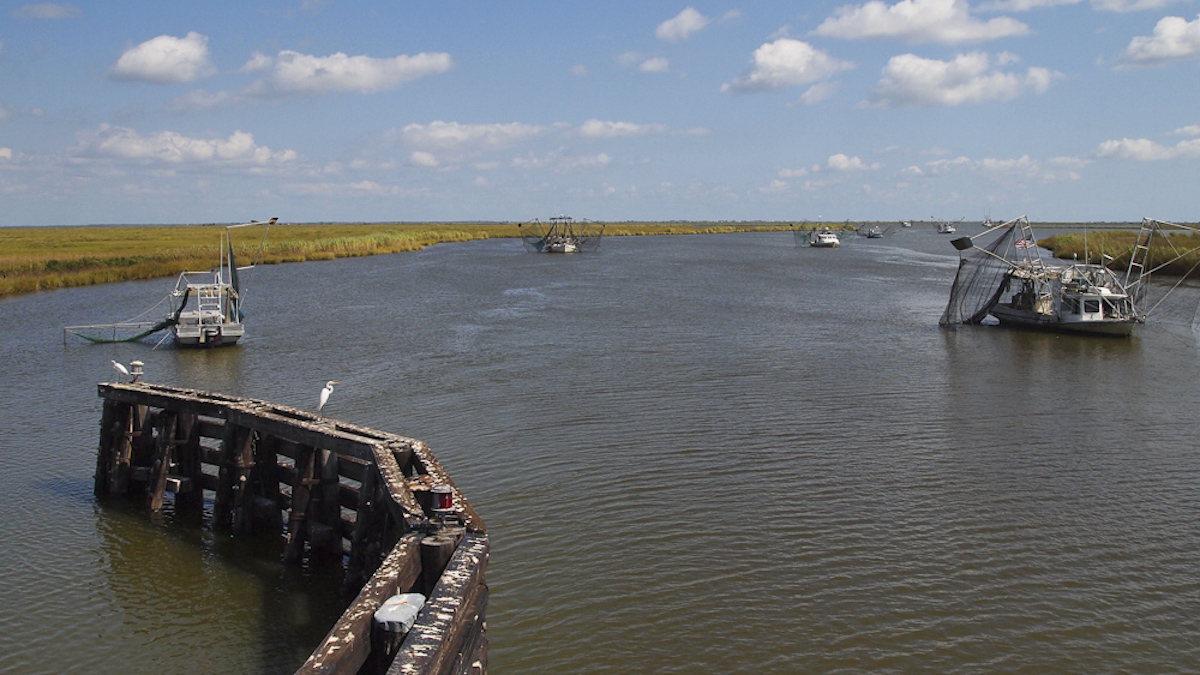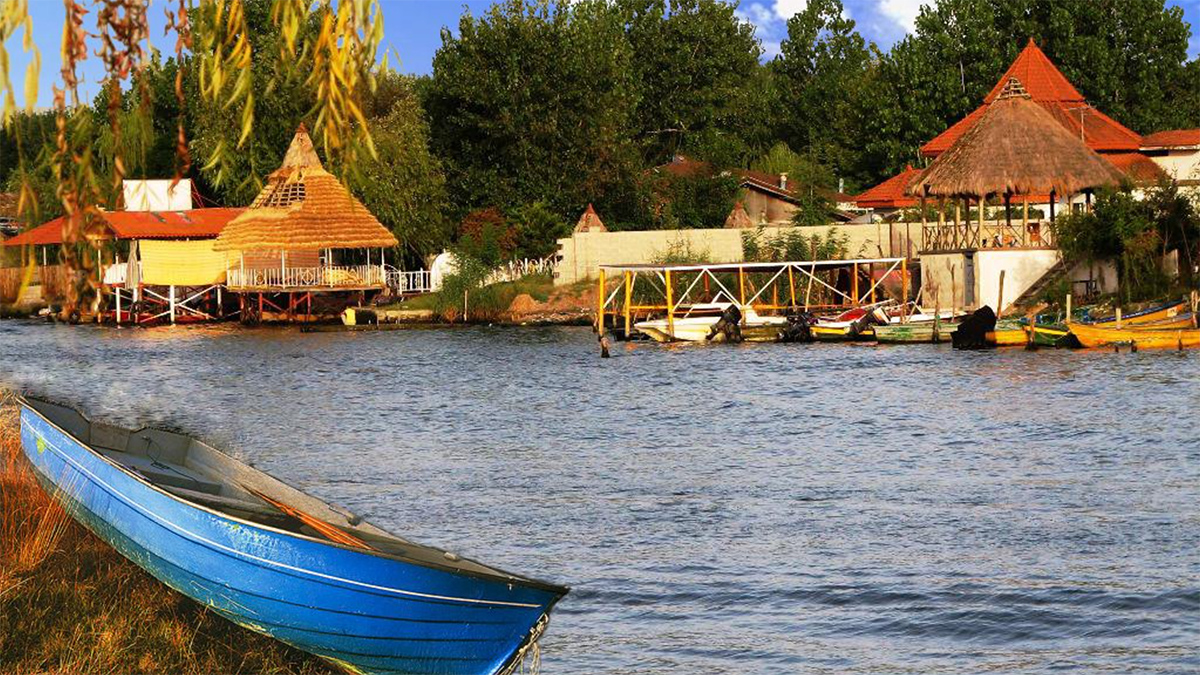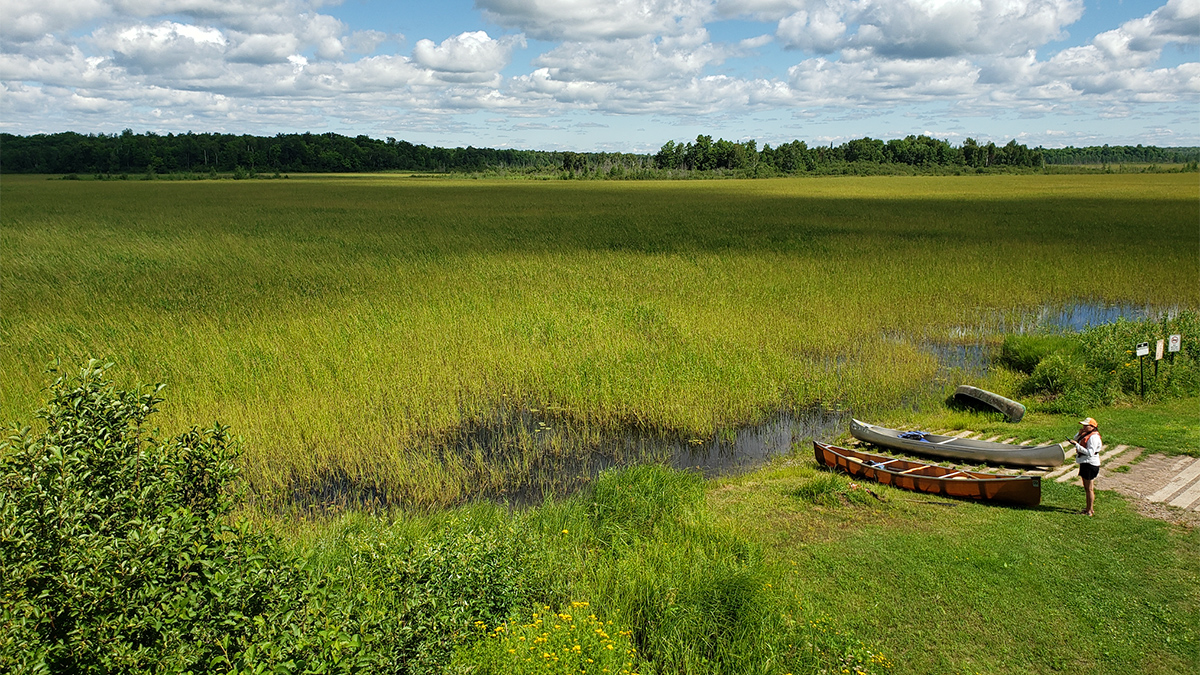Understanding the role of permanently frozen soil, which covers a large portion of land in the Northern Hemisphere, is crucial to reaching global climate targets.
wetlands
Measuring and Modeling Methane Emissions in Wetlands
Scientists zero in on a Delaware salt marsh to study what shapes methane emissions in wetland environments.
Mapping Sinking Land for Tribal Resilience in Louisiana
The Grand Caillou/Dulac Band of Biloxi Chitimacha Choctaw Tribe has been losing land to the sea, which could hamper efforts to gain federal recognition.
Anzali Wetland, Iran’s “Ecological Gem,” May Dry Up by 2060
More sustainable watershed management and agriculture are needed to avoid a desiccated fate.
Measuring Methane Stemming from Tree Stems
Wetland tree stem emissions have emerged as a significant contributor to the global methane budget. A new study tracks how they vary by season, location, and hydrological conditions.
Frost Quakes Shake Up Finland’s Wetlands
New research shows frost quakes may happen more frequently in wetland areas and, similar to earthquakes, can cause damage to infrastructure.
Climate Change Threatens the Future of Wild Rice
As a precious plant struggles to thrive in the U.S. Upper Midwest, researchers are taking steps to understand the reasons for its decline.
Natural Floodplains Are Quickly Vanishing
From 1992 to 2019, 600,000 square kilometers of natural floodplains were lost globally due to land conversion.
Better Bottom-Up Estimates of Wetland Methane Emissions
Limited monitoring of methane emissions from tropical wetlands could be obscuring these environments’ role in climate change.
The Supreme Court Is Bypassing Science—We Can’t Ignore It
The court’s exclusion of scientists from the environmental rulemaking process comes full circle as the EPA strips federal protections for wetlands.










